How Stem Cells Promote Natural Healing in Degenerative Disc Disease

St. Charles Spine Institute in Thousand Oaks, California, provides leading-edge, patient-focused care for a broad array of spinal conditions, including degenerative disc disease (DDD). Though called a disease, DDD is more accurately described as a condition. DDD is extremely common; over 35% of people in their 20s show signs of DDD on imaging tests. That number rises to 80% for those over 50 and over 95% for those who reach their 80s. DDD develops as we age, and factors like weight, diet, genetics, occupation, or activities may contribute. However, DDD is not usually debilitating until it reaches a particular stage, where it can cause acute or chronic pain and lead to physical limitations.
If you are experiencing chronic pain, usually in the cervical (neck) or lumbar (lower back) regions of your spine, DDD may be the culprit. One of the most promising treatments we have employed for treating DDD is stem cell therapy. This regenerative medicine approach supports the body’s natural ability to heal itself. Here is a short primer on DDD and how stem cell therapy may help restore disc function and reduce pain in patients with DDD.
Stem Cell Therapy for Treatment of DDD
Degenerative disc disease occurs when the intervertebral discs—which act as cushions between the bones of the spine—begin to break down due to aging, wear and tear, or injury. This degeneration can lead to:
- Chronic back or neck pain
- Reduced flexibility and mobility
- Disc herniation or bulging
- Inflammation and nerve compression
DDD is a progressive condition that affects millions of people as they age. Not everyone will experience symptoms severe enough to require treatment; however, when it causes chronic pain that disrupts the ability to enjoy favorite activities or carry out daily tasks, most patients realize that some form of treatment is necessary to restore their quality of life.
Traditional treatments have often involved lifestyle modifications, over-the-counter or prescription pain medications, physical therapy, and management techniques like massage, diet, acupuncture, hot and cold therapy, and exercise. However, none of these treatments addressed the cause of pain. That’s why stem cell therapy is a game-changer.
“Stem cells” are unique, undifferentiated cells that have the remarkable characteristic of being able to transform into different specialized cell types, including bone, cartilage, muscle, or other bodily tissues. Surgeons commonly use autologous mesenchymal stem cells (MSCs) for spinal treatments. These cells are usually harvested from the patient’s bone marrow or adipose (fat) tissue using a long needle. Using the patient’s own cells (“autologous”) reduces the likelihood that the patient’s body will reject them. Once extracted, the cells are processed and isolated, then finally injected directly into the site of the damaged disc or discs using imaging guidance.
Benefits of Stem Cell Therapy for DDD Patients
The theory behind this treatment, and what the treatments have demonstrated, is that the stem cells will differentiate into the same type of cells as the damaged tissue, repairing the degeneration and partially or wholly remedying the condition.
Stem cells have natural healing potential, stimulating:
- Anti-Inflammatory Action: Stem cells release signaling molecules known as cytokines and growth factors that help modulate the immune system. This can reduce inflammation in and around the disc, which is a major contributor to the pain experienced by patients with DDD.
- Tissue Regeneration: MSCs can differentiate into disc-like cells and promote the regeneration of nucleus pulposus and annulus fibrosus tissues—key components of healthy spinal discs. This regenerative effect may slow or even reverse disc degeneration.
- Structural Support: By enhancing the production of collagen and proteoglycans, stem cells help restore the structural integrity and hydration of the disc, improving its shock-absorbing functionality.
- Pain Relief Without Surgery: Stem cell therapy is minimally invasive and does not involve cutting or removing tissue. Many patients experience gradual pain relief over weeks to months as inflammation subsides and tissue regeneration occurs.
Treatment of Degenerative Disc Diseases at St. Charles Spine Institute
Ideal DDD candidates for stem cell therapy are those with:
- Mild to moderate degenerative disc disease
- Chronic back or neck pain unresponsive to conservative care
- Disc damage confirmed by imaging studies
- A desire to avoid surgery and explore regenerative options
A comprehensive evaluation by our specialists at St. Charles Spine Institute, including MRI and physical examination, will determine whether stem cell therapy is a viable option.
Located in Southern California, St. Charles Spine Institute is at the forefront of spine care, including regenerative stem cell therapy. Our team combines extensive experience in spinal conditions with the latest innovations in surgery, treatment, and therapy to help patients heal naturally and return to active, pain-free living. Stem cell therapy offers hope and healing to many patients with DDD who want effective relief without invasive surgery. Contact St. Charles Spine Institute today to schedule a consultation and discover whether stem cell therapy can help relieve your back pain.
